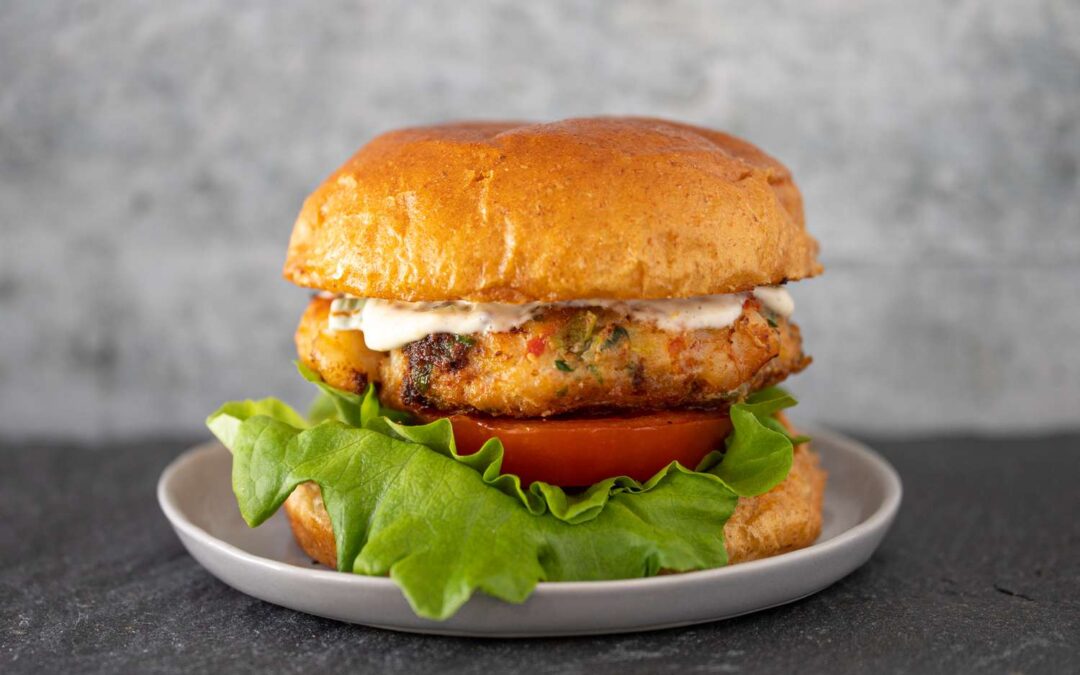AUTHOR
Ms Anita Vidyasagar
Seafood /Food Safety Certifications Consultant
Fish and shrimp in dried form comprised the major items among export of marine products from India till the end of 1960. Although negligible quantities of frozen items were exported from 1953, the export of dried marine products was overtaken by frozen items leading to a steady progress in export earnings only since 1961. The export of marine products has grown steadily over the years from 3.92 Crore Rs in 1961-62 to 46,663 Crore Rs in 2019-20. Exports aggregated to 12,89,651 MT seafood worth US $ 6.68 billion despite the market uncertainties in the aftermath of the Covid -19 pandemic outbreak. The seafood exports from the country have been on a path of exponential growth over the years. The traditional products consisted of block-frozen, dried, salted and fermented.
What is value addition?
Value addition is the most talked about word in the industry because of the increased opportunities the activity presents for earning foreign exchange. The dietary habits of people all over the world are changing fast which has resulted in demand for value-added products. There is also an increasing trend of eating away from home and this has triggered the growth of fast-food trade serving value-added products. Value addition can be defined as any form of human or mechanical process that changes entity from its original state or form in terms of its organoleptic qualities. It is one of the possible approaches to raise the profitability of seafood industry. There appears to be a good potential for India to increase its share in international trade by exporting value-added seafood products.
For More >>

